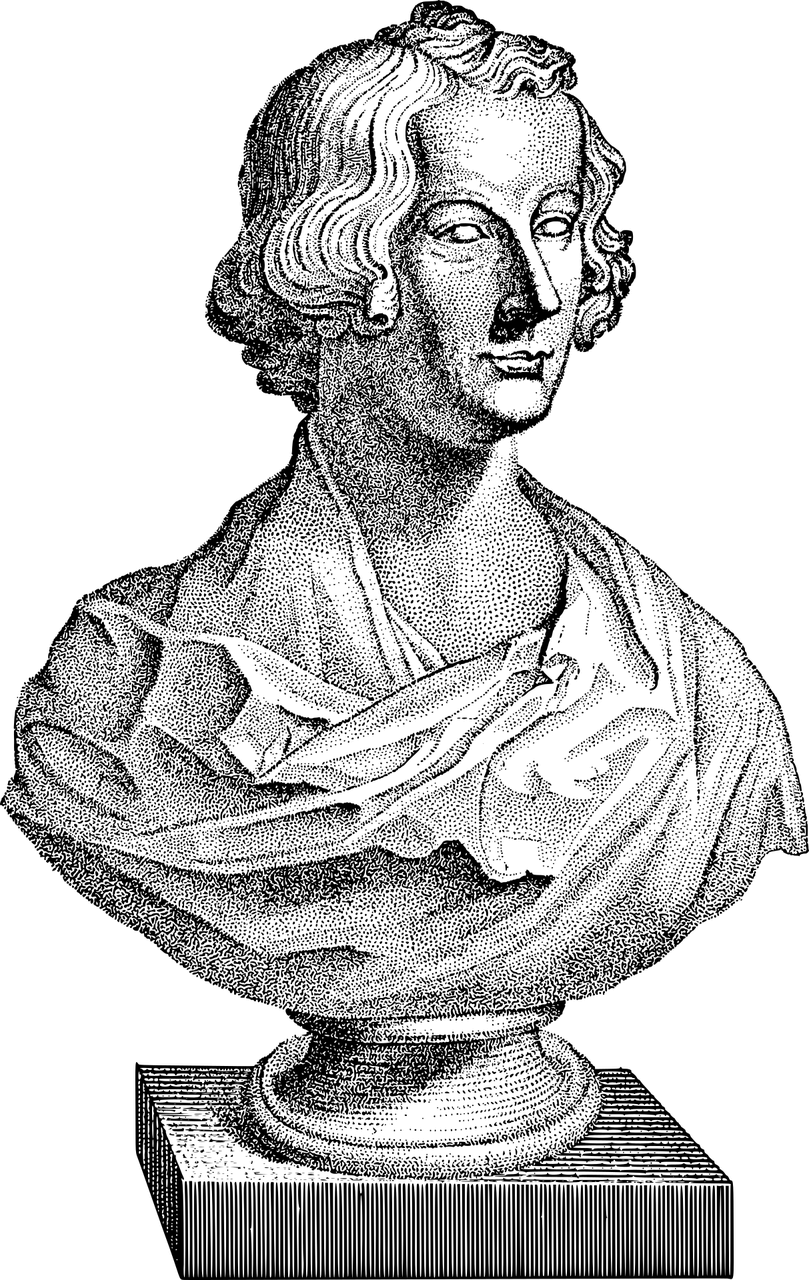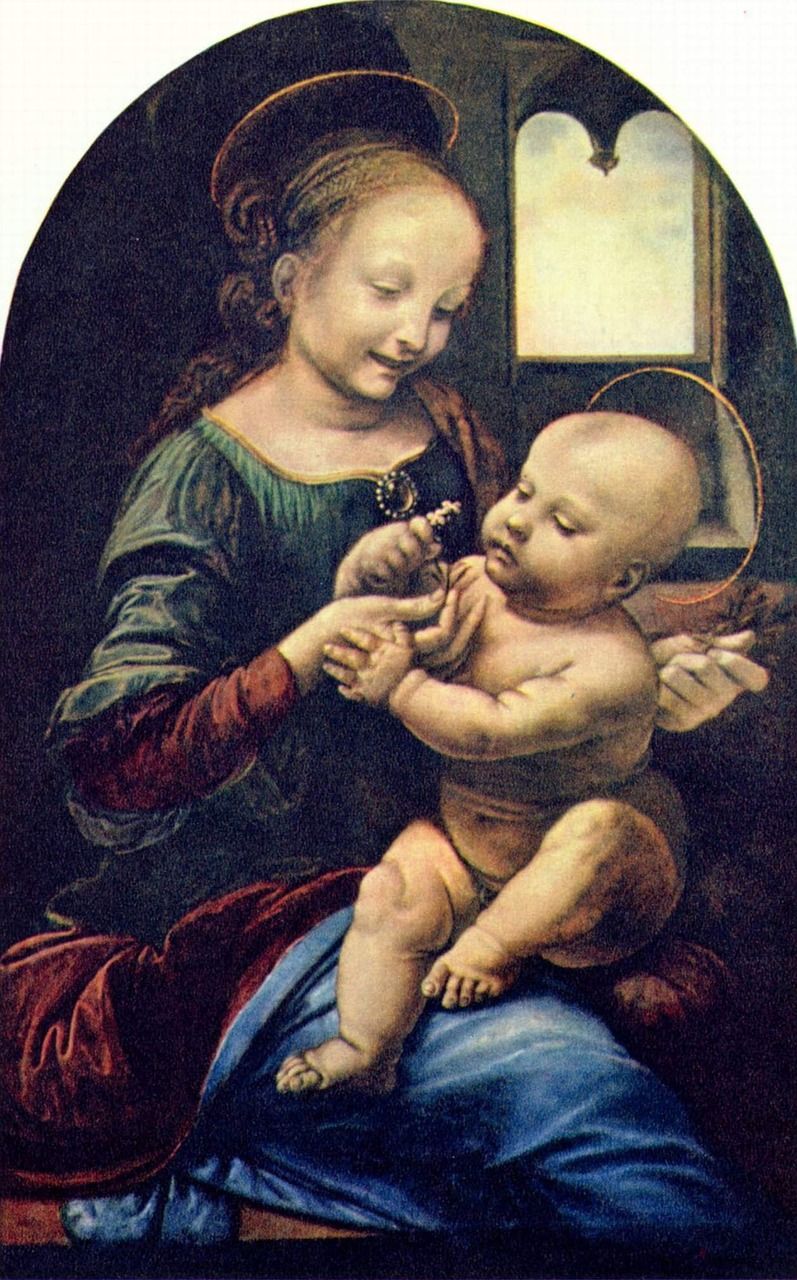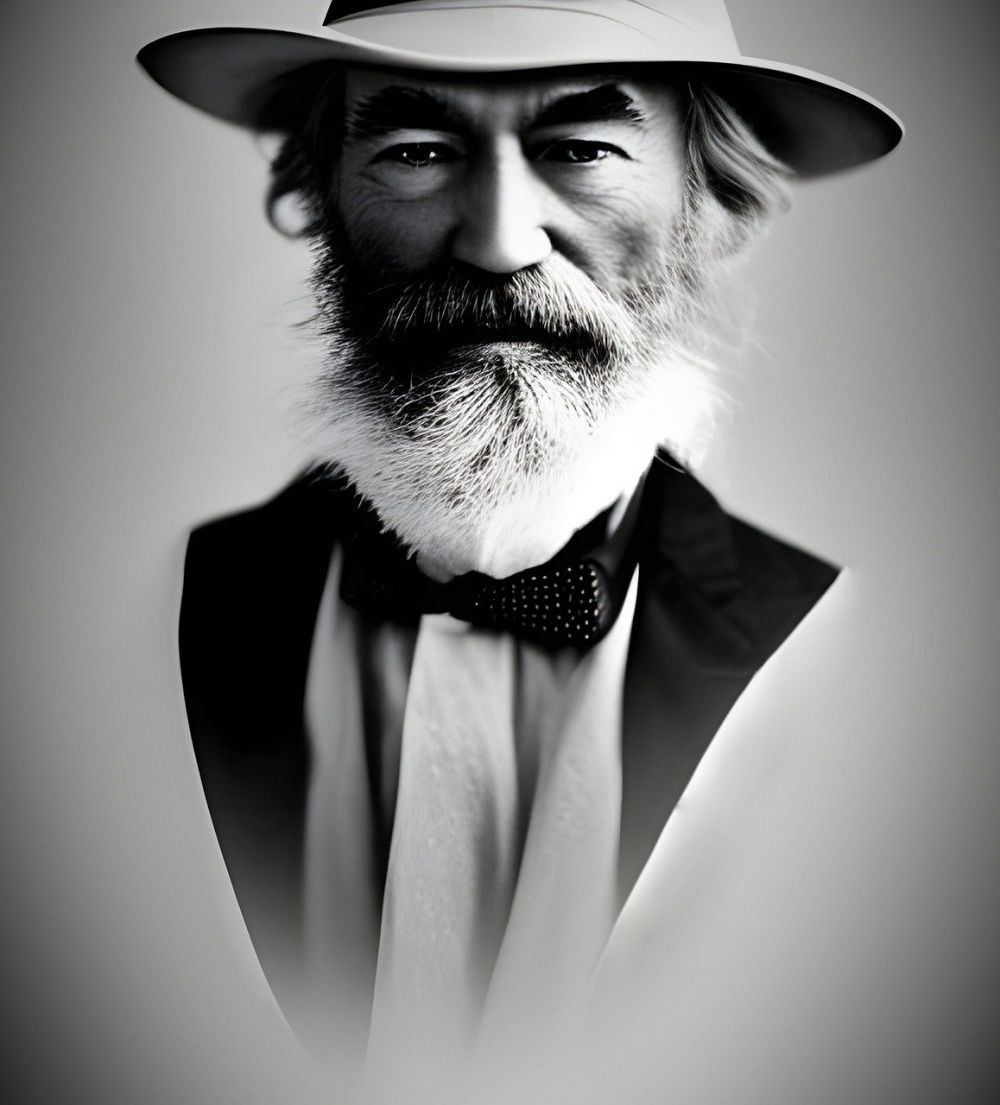Jane Austens Pride and Prejudice: A Timeless Masterpiece
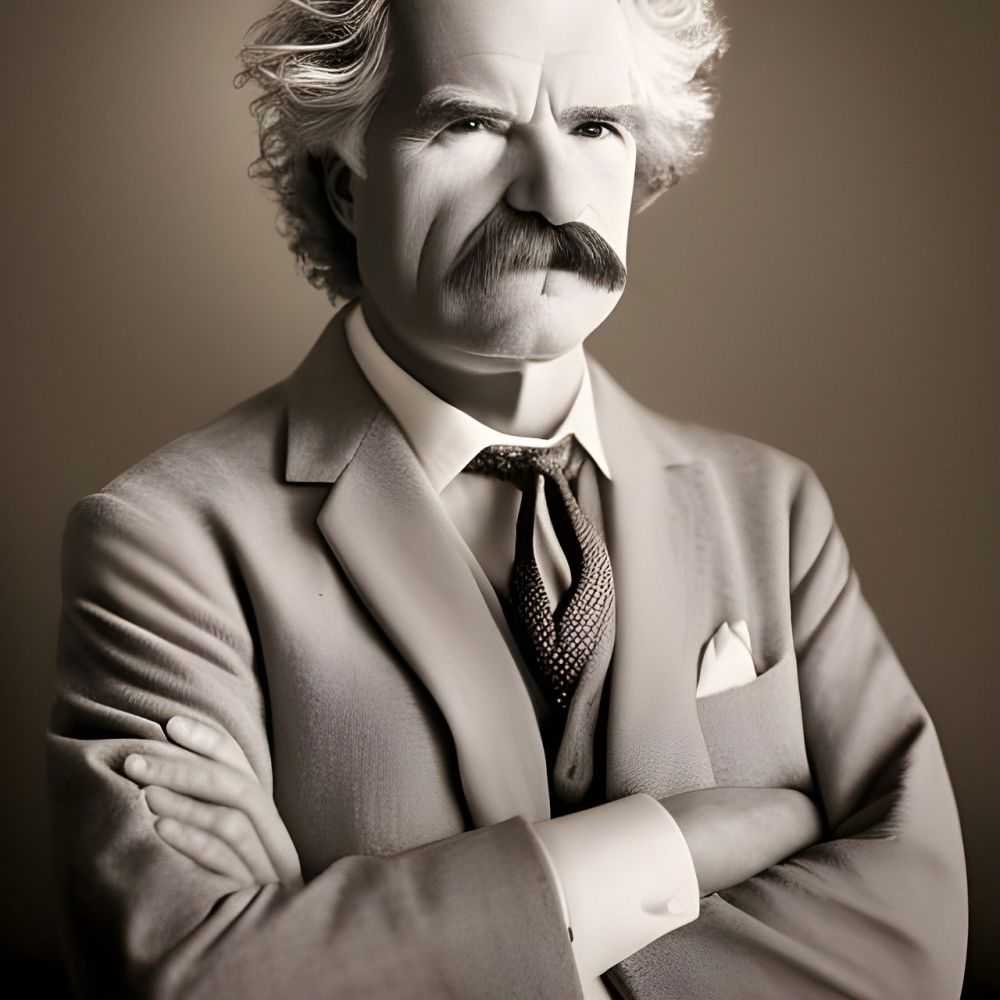
Introduction to “Jane Austen’s Pride and Prejudice”
Jane Austen’s Pride and Prejudice is a literary gem that has captivated the hearts and minds of readers for centuries. Published in 1813, this novel has stood the test of time and continues to be celebrated as a masterpiece of English literature. Set in the Regency era, Pride and Prejudice explores themes of love, class, societal pressures, and the importance of first impressions.
At its core, Pride and Prejudice revolves around the spirited and independent protagonist, Elizabeth Bennet, and her journey towards love and self-discovery. Through Austen’s wit and sharp social commentary, the novel explores the constraints placed upon women in the 19th century, as well as the intricacies of courtship and marriage in a society primarily driven by status and wealth.
Historical Evolution of “Jane Austen’s Pride and Prejudice”
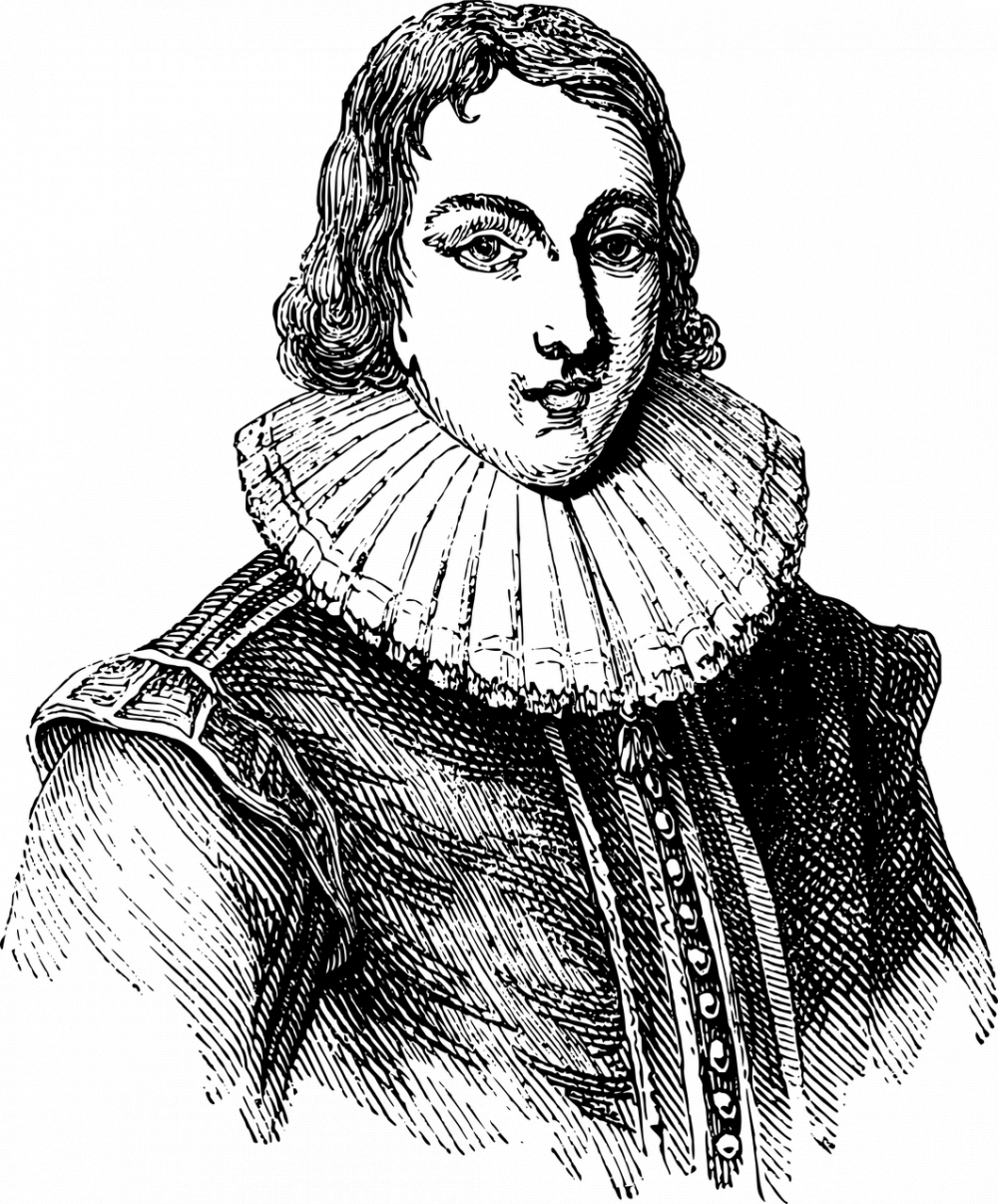
Since its initial publication, Pride and Prejudice has undergone various transformations and adaptations across different mediums. Initially received with mixed reviews, Austen’s novel gained recognition and acclaim in the 20th century, solidifying its status as one of the most beloved works of literature.
1. Adaptations on Screen
Pride and Prejudice has been adapted countless times for both the big and small screens. One of the most notable adaptations is the 1995 BBC television miniseries starring Jennifer Ehle and Colin Firth. This iconic portrayal of Mr. Darcy catapulted the novel to even greater heights of popularity, introducing new audiences to Austen’s world.
Additionally, several film adaptations have brought Pride and Prejudice to life, each offering a unique interpretation of the story. Notable mentions include the 2005 film directed by Joe Wright, starring Keira Knightley as Elizabeth Bennet, and the 1940 film adaptation with Greer Garson and Laurence Olivier.
2. Literary Influence and Legacy
Pride and Prejudice has had an enduring impact on literature and popular culture. Austen’s portrayal of complex characters, engaging plotlines, and timeless themes has inspired numerous authors and their works. Many modern romance novels owe a debt of gratitude to Austen’s pioneering approach to storytelling.
Furthermore, Austen’s influence can be seen in contemporary adaptations and sequels, including Bridget Jones’s Diary by Helen Fielding, which reimagines the novel in a modern context. The enduring popularity of Pride and Prejudice has also sparked a fervent fan base, with Jane Austen societies and themed events dedicated to celebrating her work.
3. Scholarly Interpretations and Critical Reception
Over the years, Pride and Prejudice has garnered significant attention from literary scholars and critics. These analyses delve into Austen’s use of irony, social satire, and the exploration of gender roles within her novel. Additionally, scholars examine the impact of Austen’s work on society and its relevance in contemporary discussions.
Featured Snippet Potential [H3]
To maximize the chances of this article becoming a featured snippet in Google search results, it is crucial to structure the text in a way that highlights the most important information. Here are some bullet points that can be included:
– Pride and Prejudice is a timeless masterpiece written by Jane Austen in the early 19th century.
– The novel explores themes of love, class, societal pressures, and the importance of first impressions.
– Adaptations on screen have brought the story to life, including the iconic 1995 BBC miniseries starring Jennifer Ehle and Colin Firth.
– The literary influence and legacy of Pride and Prejudice can be seen in contemporary works and adaptations, such as Bridget Jones’s Diary.
– Scholars and critics have analyzed Austen’s use of irony, social satire, and the exploration of gender roles in the novel.



